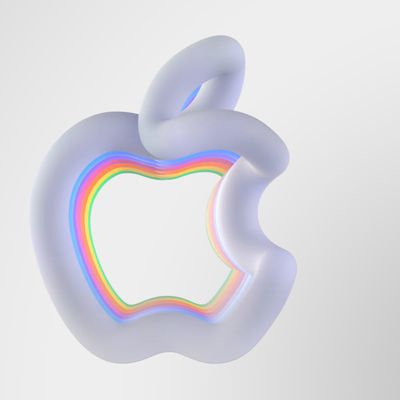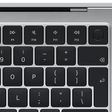Apple plans to release a new entry-level 13-inch MacBook in the second half of 2018, according to industry sources cited by DigiTimes. The report claims General Interface Solution (GIS) is expected to win more LCD display orders from Apple for the planned new model, after it began supplying the modules for existing MacBooks in the fourth quarter of last year.

Touch panel maker General Interface Solution (GIS) is expected to land more LCM (LCD module) orders from Apple, which reportedly plans to release an entry-level 13-inch MacBook in the second half of 2018, according to industry sources.
With new orders for MacBooks and other models, GIS is expected to ramp up its LCM shipments to 600,000 units a month by the end of 2018 compared to 300,000 units currently, said the sources.
Extrapolating from today's report, which is light on detail, Apple's next entry-level MacBook will likely replace the 13-inch MacBook Air, Apple's lowest-cost notebook starting at $999. Apple's long-term aim was for the 12-inch MacBook to replace the MacBook Air, which was introduced in 2008, but sales of the Air have remained strong mainly thanks to its affordability. In 2016, Apple tried to position the 13-inch MacBook Pro with no Touch Bar as a viable MacBook Air alternative, but the Pro starts at $1,299, which is $300 more than the entry-level Air model.
With its signature tapered design, the MacBook Air is the only notebook the company still sells that does not have a Retina display. To keep it viable for a while longer, Apple bumped the base model's processor from 1.6 GHz to 1.8 in June 2017, but it has only seen similar minor updates since its last major revision in March 2015. The 11-inch MacBook Air has been discontinued entirely, and we do not expect to see further substantial updates to the line.
It's unclear what form a new entry-level 13-inch MacBook would take, although Apple would likely make efforts to clearly distinguish it from any existing 13-inch MacBook Pro models. Apple is known to be exploring the possibility of using fullscreen OLED displays in future MacBook series, which could see the company retain LCD display technology in a new entry-level machine while eventually adopting OLED for its Pro line-up, similar to the OLED/LCD differentiation strategy it will take for this year's upcoming iPhone line-up.
Apple is also reportedly looking into using ARM-based core processor chips for future MacBooks, which would reduce the company's dependence on Intel, especially given the recent Spectre and Meltdown troubles. Apple's interest in building its own core processors for notebooks could also enable it to control next-generation display technology and some related key components, according to sources, which would further differentiate the company's computers from others on the market.





















